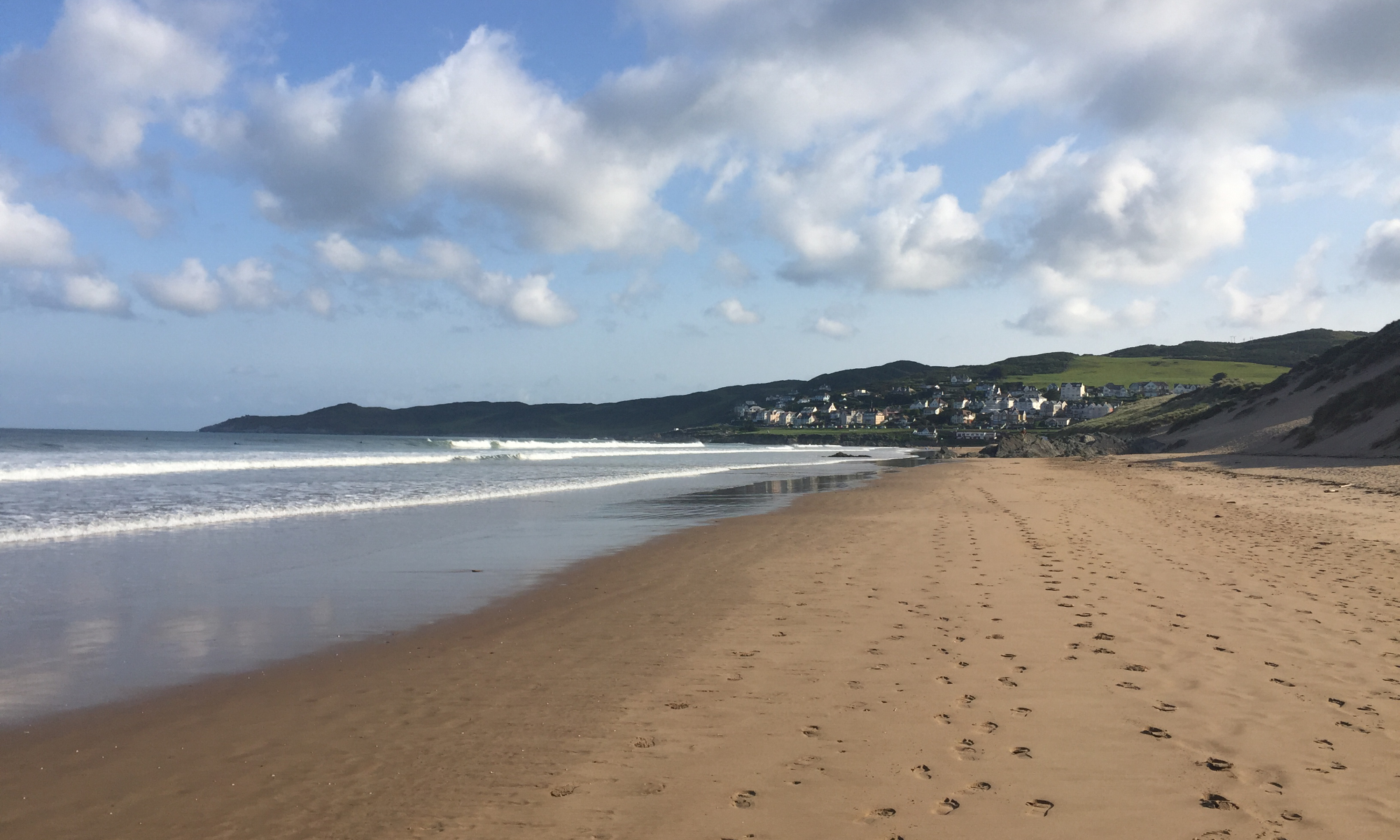In my recent post “Achalasia – How I got here” I described the symptoms that lead up to me being diagnosed with Achalasia. In this post I would like to share my experience of the Gastroscopy, the first step towards diagnosing Achalasia.
The Background
I had booked an appointment with my GP in the spring of 2016 as I was having problems with my asthma at night and my wife was concerned about me stopping breathing for 8 or 9 seconds at a time. I was waking up frequently, wheezing and coughing. I had tried using my preventative inhaler during the night but that was having no effort on reducing the symptoms. I had also started noticing that, when I woke, I could taste the last drink I had had before going to bed, even though I had cleaned my teeth in the mean time.
Initially my GP thought I should change my asthma medication, as I had been using the same medication for around 6 years. However, when we talked about the difficulties I had swallowing bread and certain other types of foods and my wife’s concerns about my breathing stopping for 8 or 9 seconds at a time at night, he changed his mind and referred me to the local hospital in Basingstoke for a Gastroscopy. This was arranged for a few days later. I didn’t realise at the time that my GP was wanting to rule out the possibility of cancer.
What is a Gastroscopy?
“A gastroscopy is a procedure where a thin, flexible tube called an endoscope is used to look inside the oesophagus (gullet), stomach and first part of the small intestine (duodenum). It’s also sometimes referred to as an upper gastrointestinal endoscopy. The endoscope has a light and a camera at one end.” Source NHS Choices.
I received a letter from the hospital explaining the Gastroscopy procedure and how they would insert a camera on the end of a long tube into my mouth, down my throat, through my oesophagus into my stomach and then on into my small intestine. They offered me either a sedative or an anaesthetic spray to numb my throat. The latter having the benefit of wearing off quicker allowing me to return to work later in the day, without the need to wait a couple of hours in the hospital while the sedative wore off.
My Gastroscopy Experience
Being brave I decided on the day to have the throat spray and continued on towards the operating theatre where the procedure was to be performed. After changing into a surgical gown I was left waiting for around an hour and a half before being called. Luckily a fellow patient, who was having the same procedure done, broke the ice and we spent the time comparing notes.
Finally, I was called in for the procedure and initially asked to sit on the table while a doctor administered the anaesthetic spray to my throat. After a few minutes, once the banana-flavoured anaesthetic had taken effect, I was asked to lie on my side with my chin to my chest. The doctor then started the procedure.
The tube was inserted into my mouth and then came the hardest part of the procedure for me. Once the tube was in my throat I was asked to swallow and try not to gag. That was easier said than done but the doctor was quickly able to push the tube deeper in to my throat and slowly down into my oesophagus and then onwards to my stomach. The tube was now inside me and all I felt was a tickling sensation as it moved and the feeling of being totally at the mercy of the doctor if anything untoward happened. If I had tried to move I wouldn’t have got very far!
Before withdrawing the endoscope, the doctor explained that he was going to take a couple of biopsies to be sent off for testing and then he would be done. He explained that the biopsies would take about 8 weeks before the results would be known. However, he did reassure me that he hadn’t seen anything life threatening but he also didn’t enlighten with me what he thought my problem was. He said that he would like me to have a barium swallow as a follow on test.
All in all the procedure took no more than about 10 mins and I was then free to go. Before being discharged I saw a nurse who explained the sip test I needed to do after about a hour to make sure that the effects of the anaesthetic throat spray had worn off.
The Follow Up
After about 8 weeks I went to see my GP and asked if he had received any results. He hadn’t but said that no news was good news. If the results of the biopsies had been positive I would have called in very quickly. He chased up the hospital for me and soon afterwards I received an appointment for the Barium Swallow to take place in a few days time.
